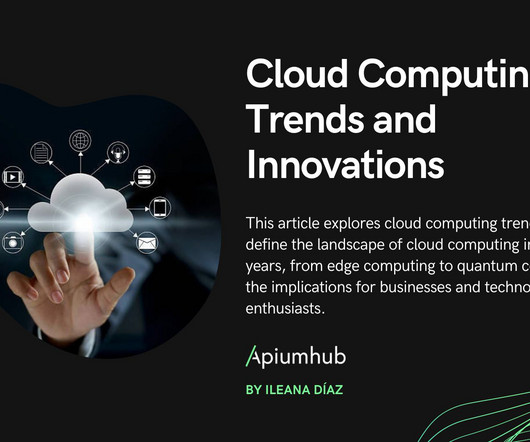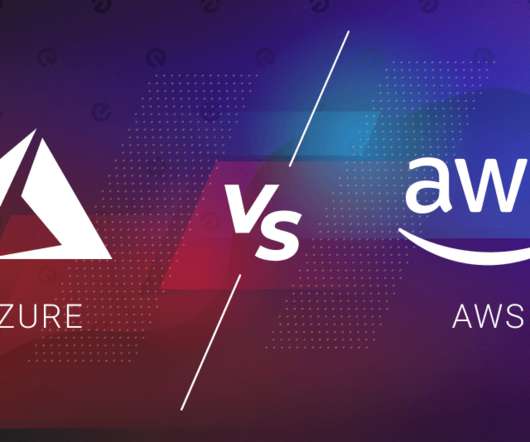Serverless Cloud – Why you should consider going serverless?
Trigent
APRIL 7, 2022
From client-server to servers in internet data centers to cloud computing and now ….serverless. serverless. Cloud computing enabled establishments to move their infrastructure from Capex to Opex, where companies could now hire their infrastructure instead of investing in expensive hardware and software.



















Let's personalize your content